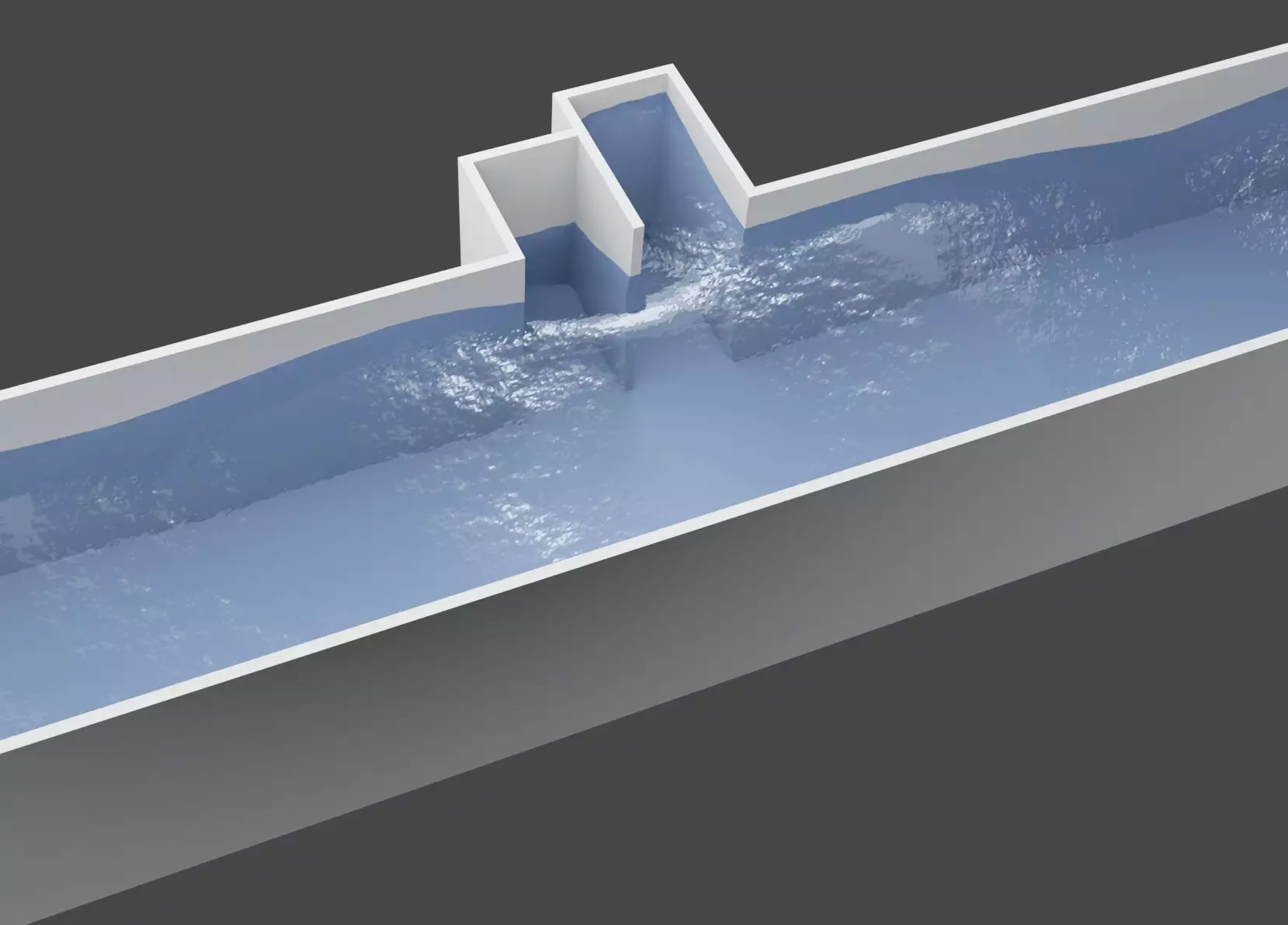Water waves have long posed a threat to coastal regions and man-made structures, causing extensive damage during extreme weather conditions. Consequently, researchers have dedicated years to devising effective strategies to mitigate these destructive forces. Recently, a team of scientists from Sorbonne Université CNRS, Institut Polytechnique de Paris, University of Bristol, Le Mans Université CNRS, and Université PSL CNRS introduced a revolutionary approach to absorb water waves, inspired by the Autler-Townes splitting concept. Their groundbreaking research, published in Physical Review Letters, promises to transform coastal protection practices and safeguard structures from wave-induced damage.
The Quest for Water Wave Absorption
For nearly two decades, researchers have diligently pursued solutions related to water wave issues. In the last five years, their focus has shifted towards the absorption of these waves for the protection of coastlines and offshore structures. Throughout their journey, these scientists have employed strategies rooted in resonant mechanisms, ultimately leading to the development of an innovative resonant absorption approach discussed in this study.
The Autler-Townes Splitting
Central to this new strategy is the concept of Autler-Townes splitting, initially introduced by American physicists Stanley Autler and Charles Townes during the 1950s. This effect is observed in two-level resonant systems, characterized by the splitting of two transition states into smaller “doublet” states separated by a phenomenon known as Rabi oscillation. Scientists have successfully realized and observed Autler-Townes splitting across various physical systems, including radio frequency sources, lasers, and atoms. Leveraging this well-established effect, the research team aimed to control the propagation of guided water waves.
Building upon a theoretical analysis of the resonant mechanism published the previous year, Maurel and her colleagues developed an innovative approach to absorb water waves using Autler-Townes splitting. By implementing experiments and optical measurements in the laboratory, Léo-Paul Euve successfully demonstrated the effectiveness of this mechanism. Numerical simulations, theoretical models, and experimental tests affirm the team’s proposed strategy, showcasing the complete absorption of guided water waves through a meticulously designed asymmetric point-like scatterer.
The most remarkable outcome of the experiments is the high efficiency of absorption. The sub-wavelength device developed by the researchers achieves complete suppression of reflected and transmitted waves. This breakthrough paves the way for practical applications in coastal protection and the design of structures near or within the sea. By controlling the energy of incoming waves, this technology promises to limit damage caused by wave impact, heralding a new era in coastal defense.
Future Implications
The ground-breaking strategy proposed by this research team offers immense potential for further testing and implementation. Plans to verify its effectiveness in both laboratory and real-world settings are already in motion. The inherently non-linear nature and wide spectral content of water waves present unique challenges, making this innovative approach even more crucial. With further validation, this resonant absorption strategy could revolutionize coastal regions’ ability to control wave impact, ultimately safeguarding coastlines and protecting vital man-made structures.
The absorption of water waves stands as a vital endeavor within the realm of coastal protection. The research team’s novel approach, inspired by Autler-Townes splitting, has opened unprecedented possibilities for mitigating wave-induced damage. Through their tireless efforts, these scientists have brought us one step closer to a future where coastal regions can harness the power of resonant absorption to safeguard against the devastating impact of water waves. As further testing and implementation progress, the potential for widespread adoption of this revolutionary strategy becomes increasingly promising, offering hope for a safer, more secure coastline.



Leave a Reply